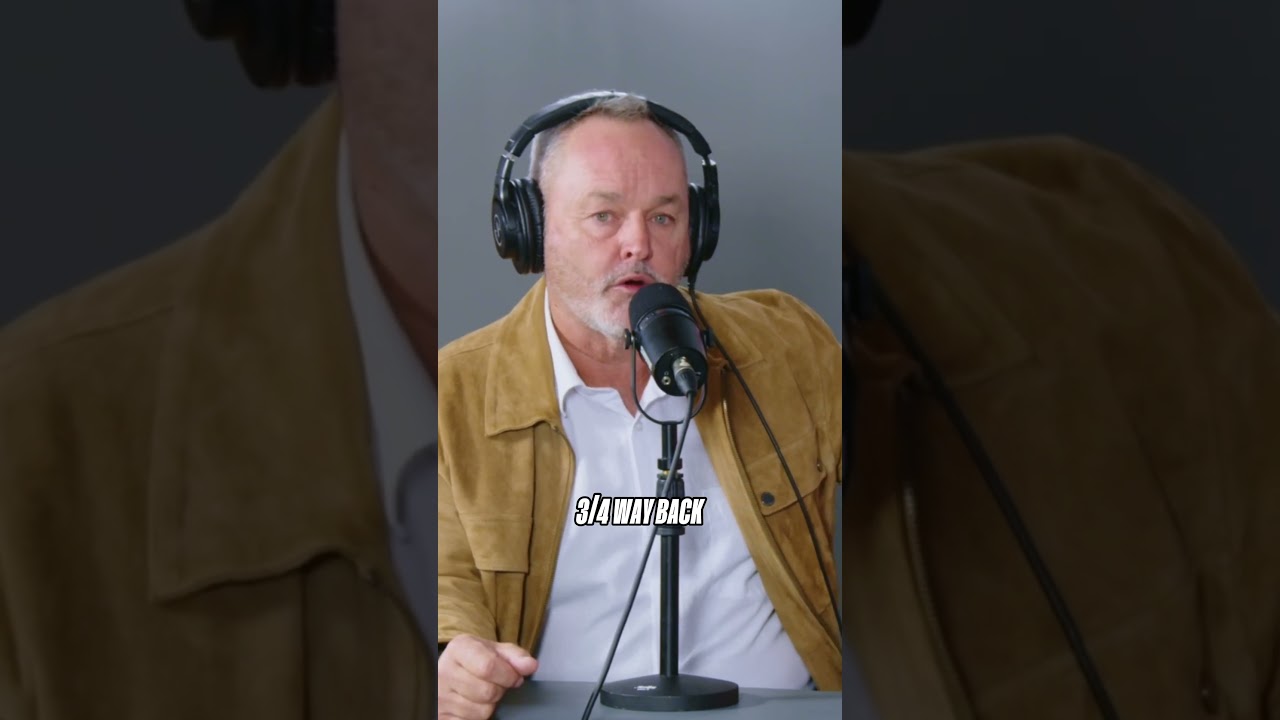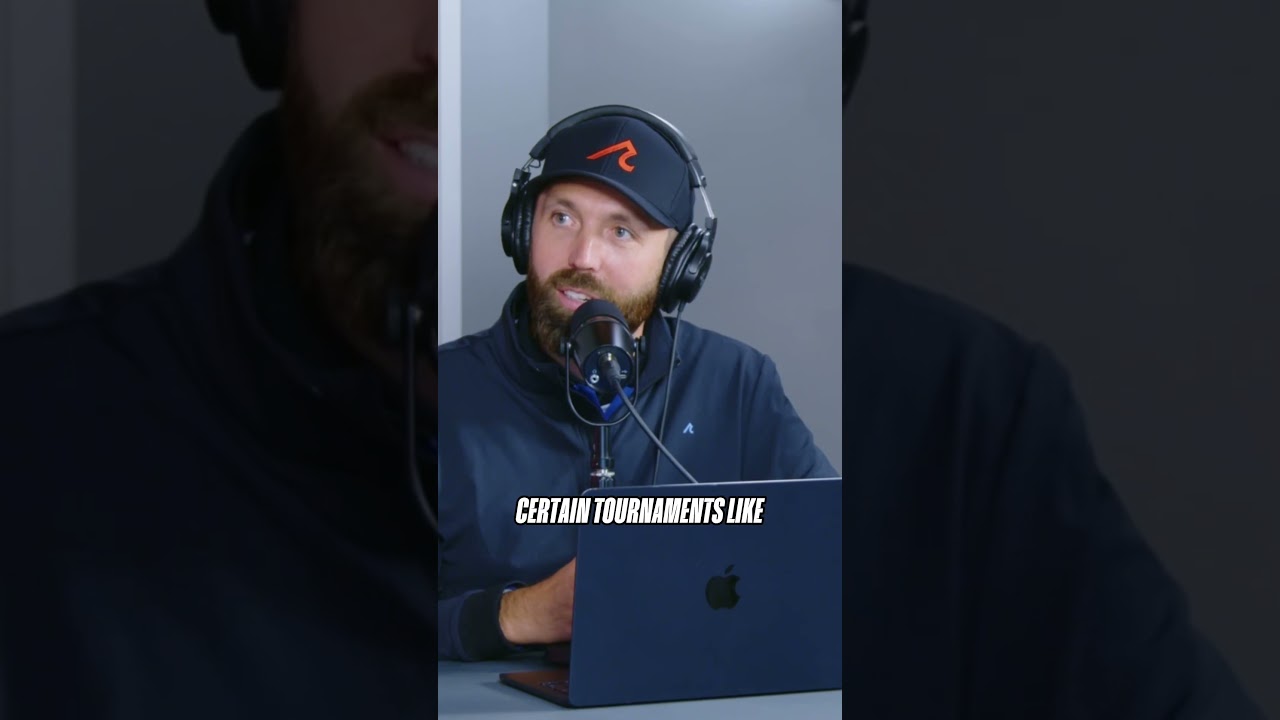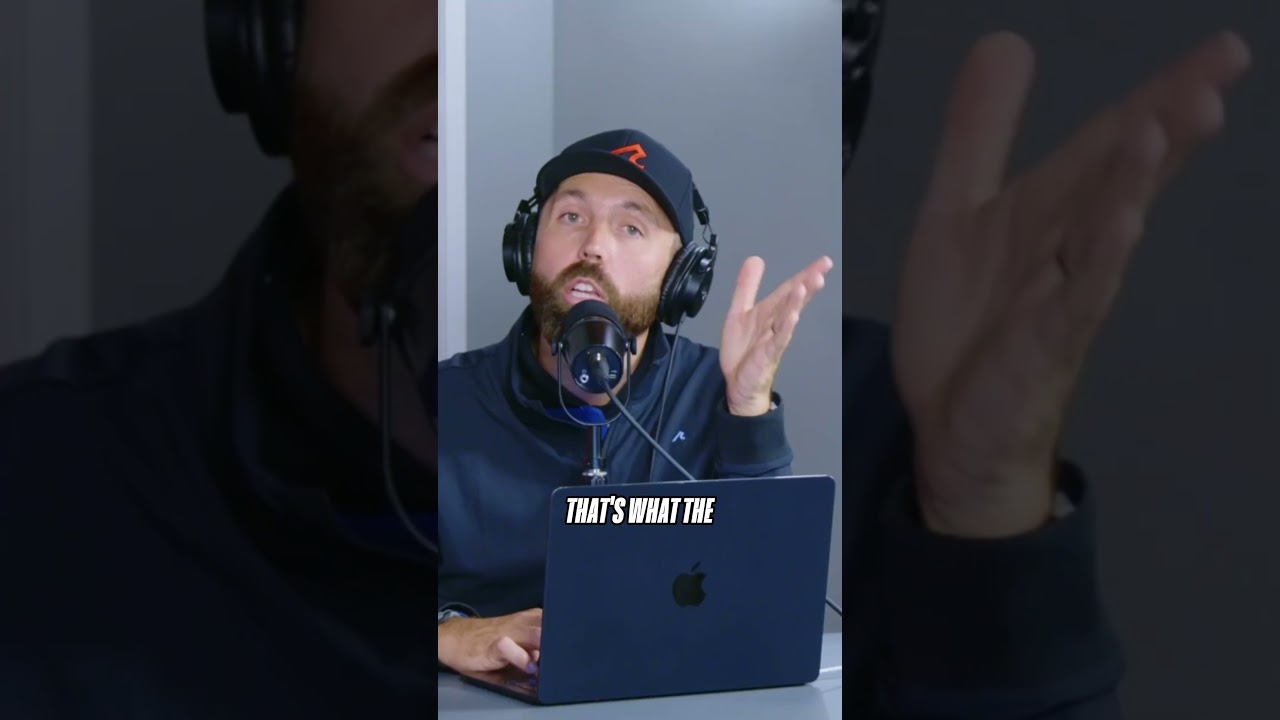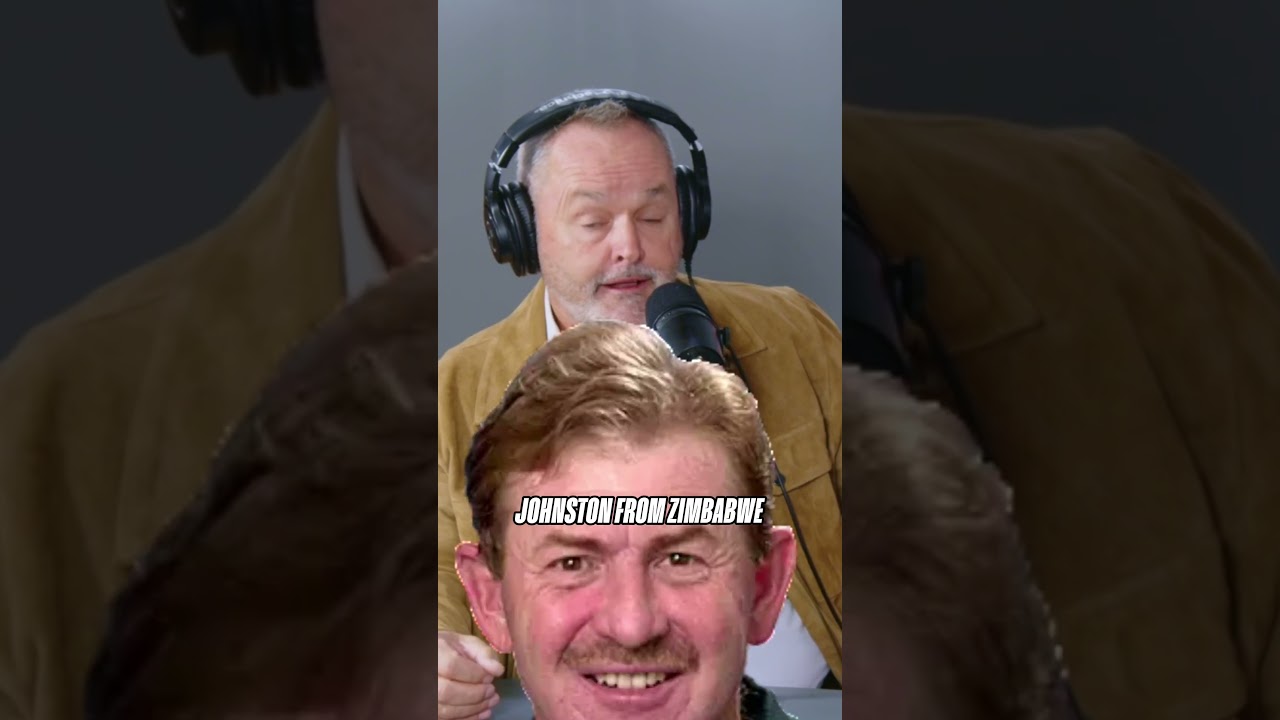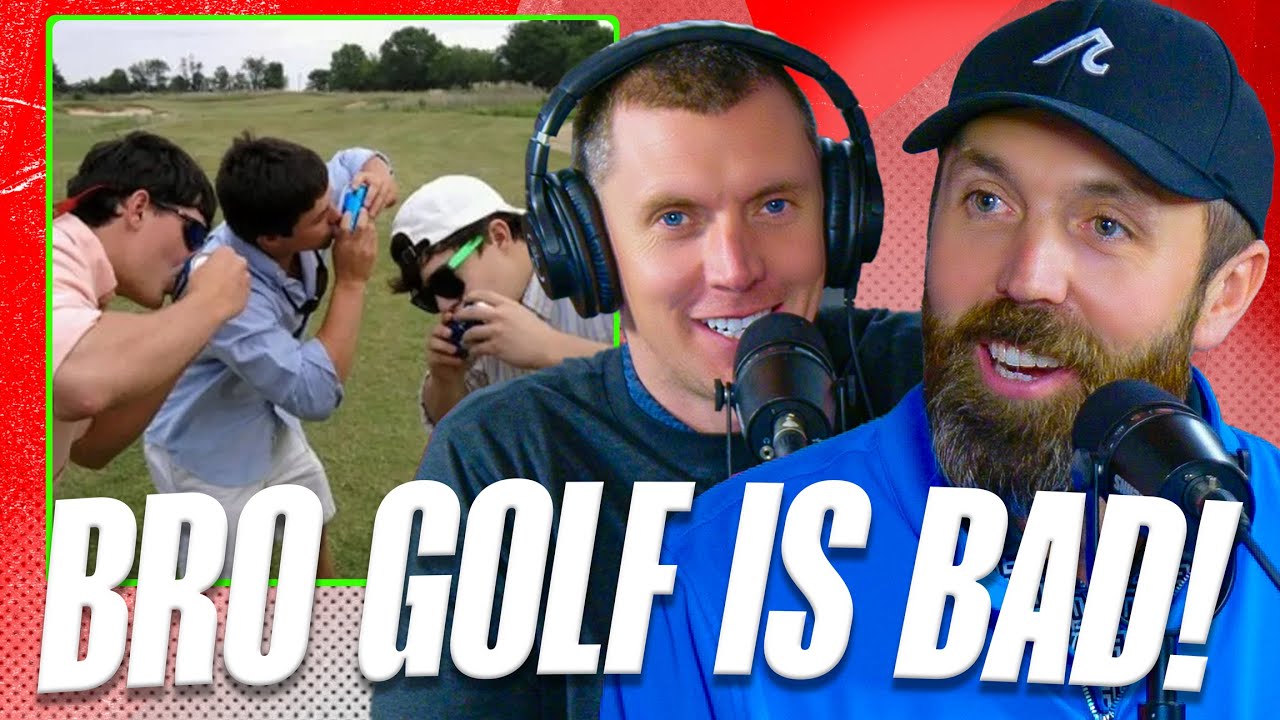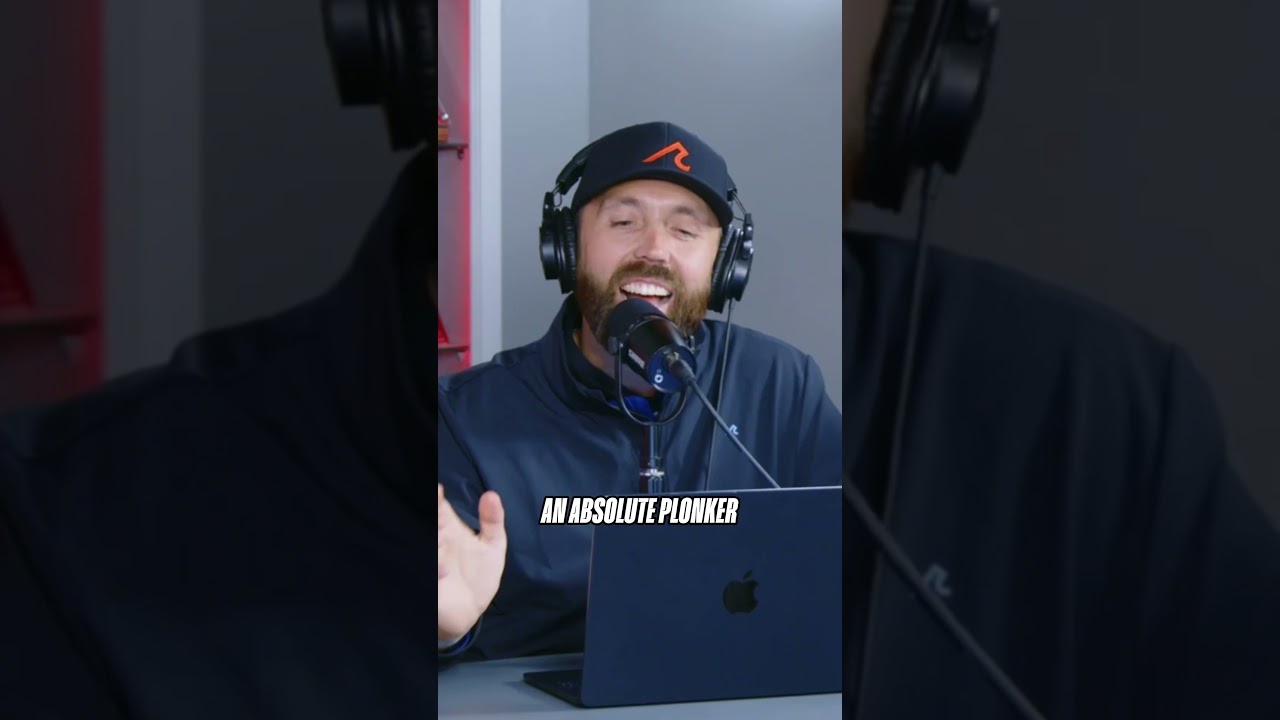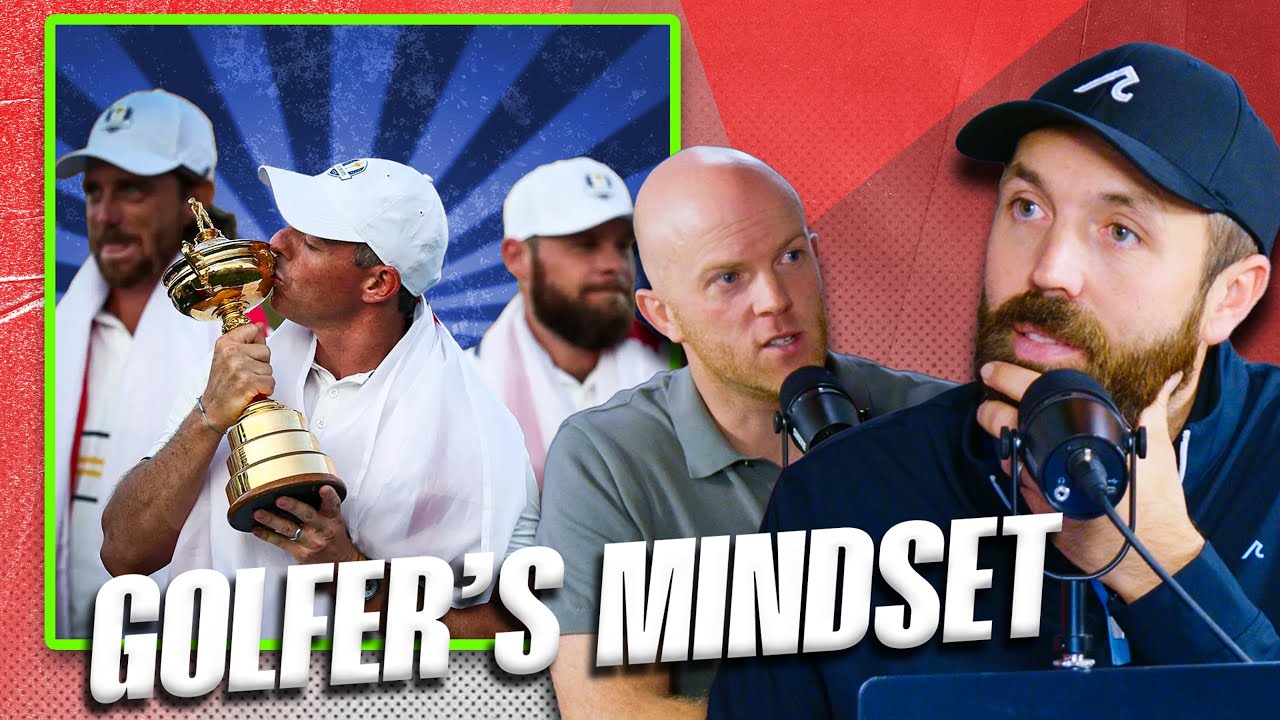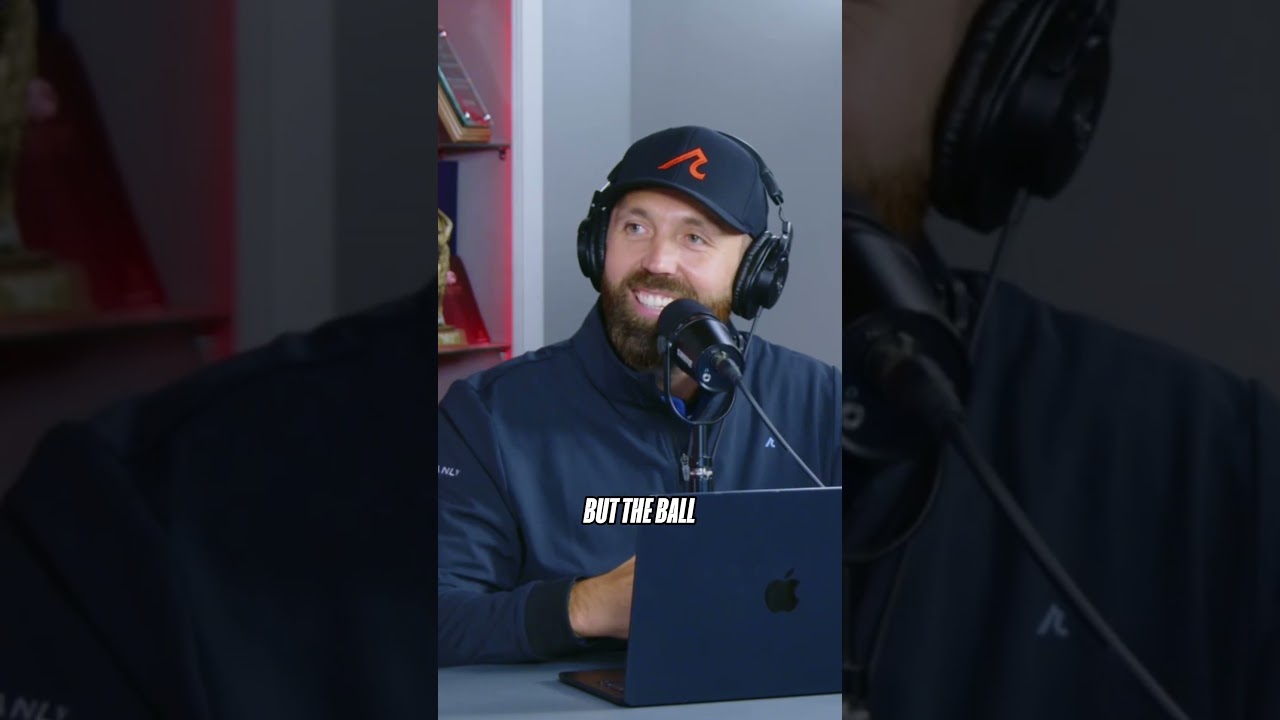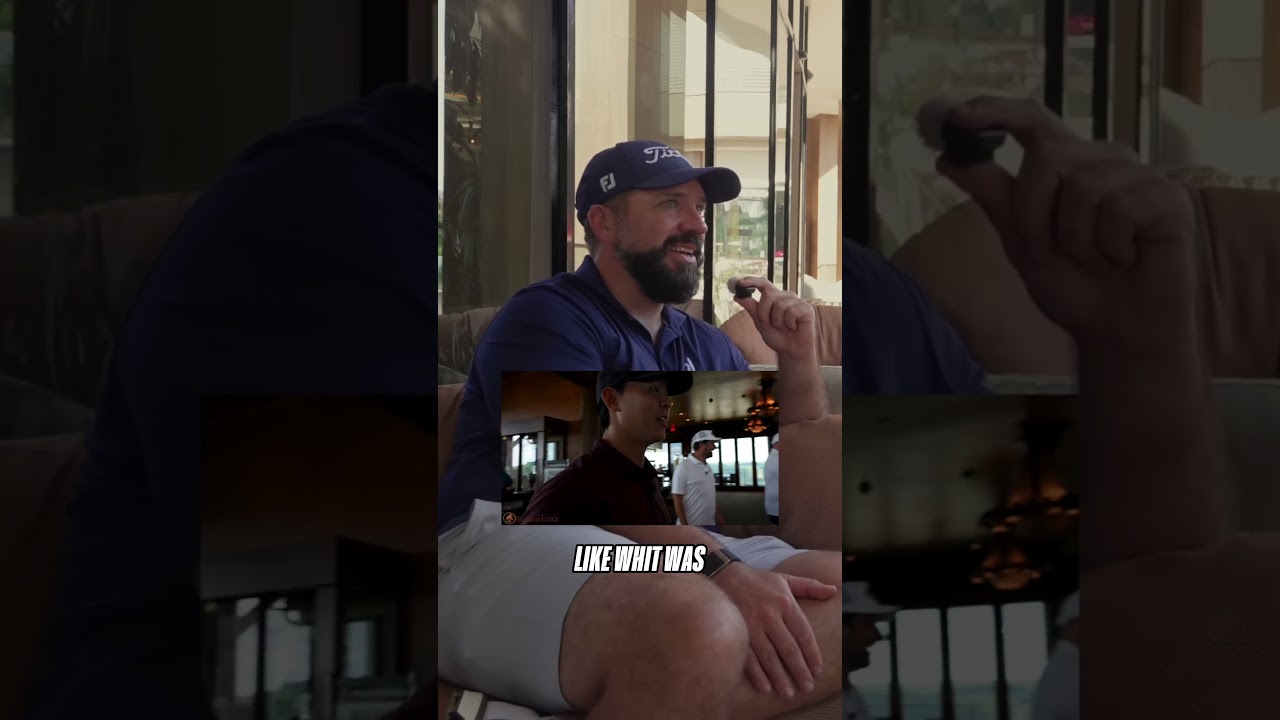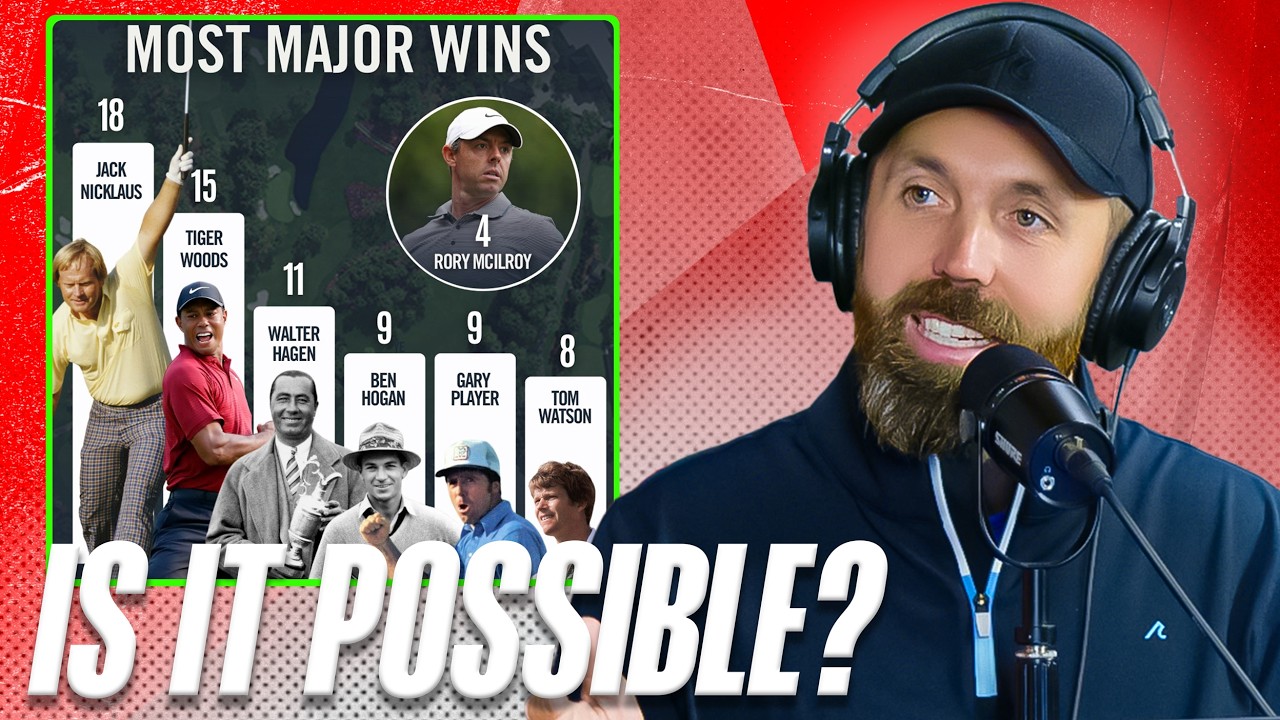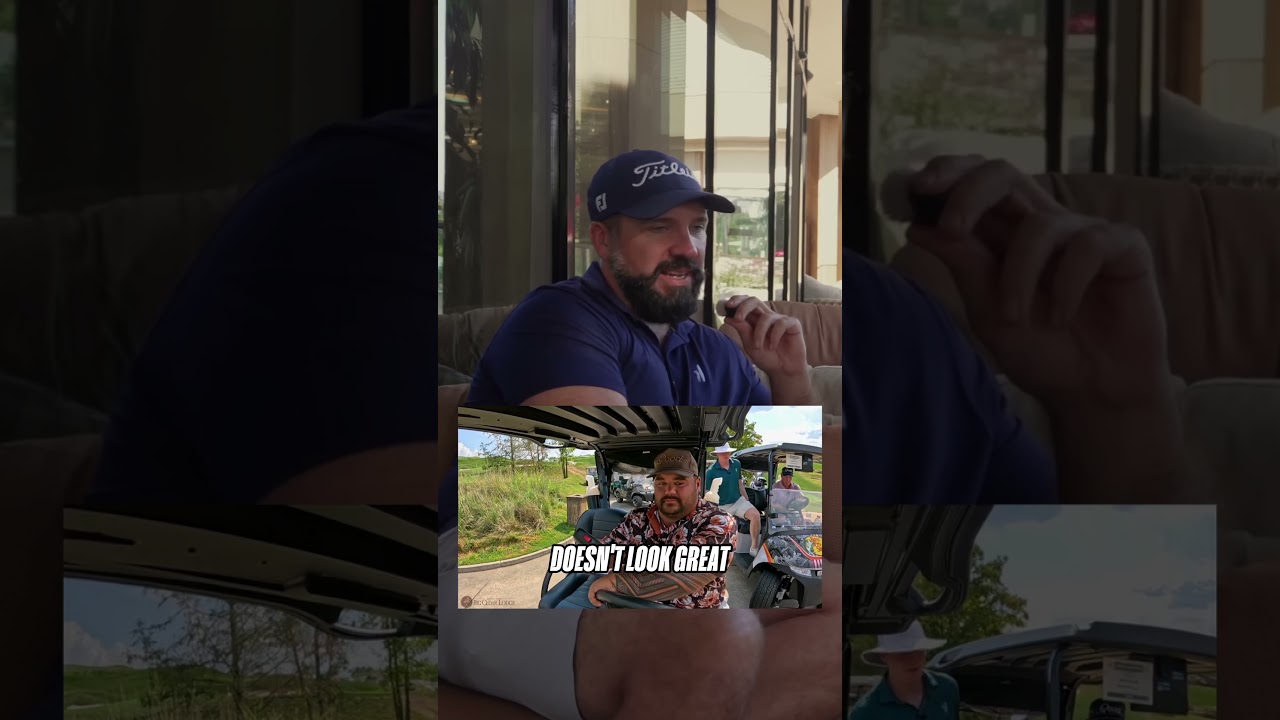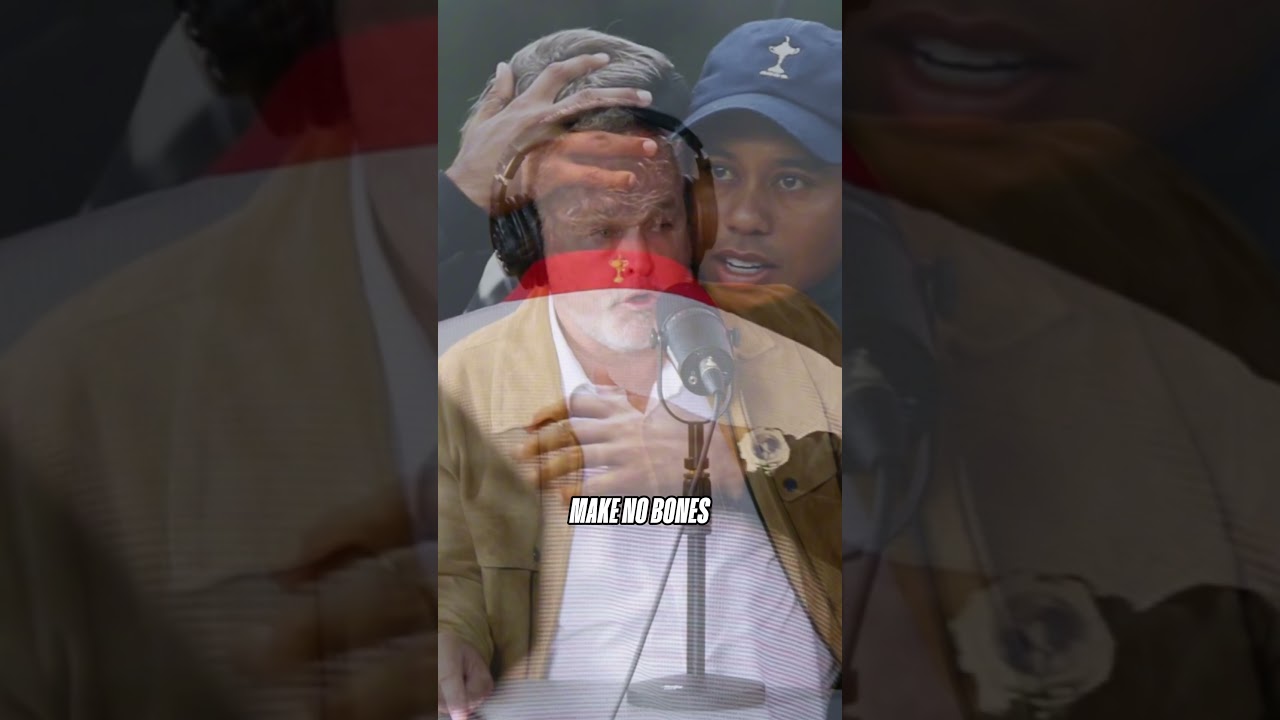And he saw that did he love it he loves it yeah well look at his arm well it's his logo now is it on his arm as well tattoo tattooed on his arm yeah. And i remember going to my practice ground. And saying i need some artist reference money for that yeah exactly. And he goes no no no david do you not think we will come out to savvy definitely yeah i'll ask a few questions favorite pitch you've ever taken is it easy question number that's number one that's number one. So describe describe this for everybody listening yeah describe this picture. For us so it's the uh final hole the open championship at saint andrews yeah 1984 yeah. And uh final round and i followed sevi a lot of the way and he's worn he's taking his jumper off most of the round so he's in a white shirt which is bad news. For a color photographer of course we don't like but white shirts we don't like black shirts and we don't like white shirts you like color we like color so anyway does the white shirt blend in with the background sometimes it's just hard because it's um harder to focus on it's hard to expose properly because you know you can underexpose the face. And when you're shooting slide film you had to be absolutely critical on the exposure on their faces yeah because that's the only way the picture would be usable okay yeah. So anyway he's put jumper back on by the end of the round and um i'm much happier yeah he's down 18. he's hit his drive down the middle of 18.. And i'm absolutely nervous as a kitten really because you know this is my this guy this is my guy this is your man this is you played with what eight years earlier was that 84. yeah eight years seventy six years. And then.
But you've you've seen him in the in those eight years he's become a superstar yeah he's won already that stage three majors by that stage. So um and i hadn't been any one of those majors that's the weird thing about it you know i wasn't the us masters in 80 or 83. right and i wasn't at the open in 79. wow this is your first opening first open with your mansion he's your man yeah he's in contention i'm going down the right hand side of saint andrews you know it's double fairways. And it's so not strict but in those days it was less strict you know keeping near to the um spectators excuse me on the right hand side the fairway. And um here's his second shot onto the green yeah. And i'm thinking right i'm going to get up there quickly. So i hurtle up the side to the back of the green and we're on the bank we're allowed inside the green fence that in that that year yeah now we have to go behind the green thing well because there's a big grandstands there now well there were greens big grand stands then..
But yeah there weren't. So many photographers i guess yeah if there were 30 photographers at an open championship that would have been really mostly in the peak of the tiger woods uh you know late 90s early 2000s probably 150 we're applying wow more we're applying. But 150 were late yeah. So um it was quite civilized in effect. And i just found this spot i saw where his ball was. And i thought right i'm going to sit here i could have gone all the way around. And been straight at him which yeah you know probably on reflection if i'd gone that way it would have been a great picture as well because if i've seen versions from straight out there would you have had the town in the background a bit more there a little bit yeah. But what you wouldn't have had is that lovely out of focus background it's ridiculous. And that's what i that's me and a color photographer and that's kind of what we were looking. For at all sport it was that type of photograph. So are they the the the crowd in the background are they almost behind the swelling they're the other side the fairway literally. So they're probably 80 90 100 yards behind him 18th at left side of the 18th or almost the first they're the right side of the first right okay. So left side of 18 yeah oh i get yeah. So when he's doing that when he's doing that pose which and if people listen this is the famous one sevis just knocked it in. For par because it only just went into it oh my god it just dropped that's another part of the story is i'm sat there. And i don't know something inside me said put a fresh roll of film in. So i had to put a fresh roll of film in number one wow and is that better. For pictures but it means you've got 36 right to play with and the cameras in those days were four. Or five frames a second right so i had a total eight seconds to play with maximum oh my goodness yeah. And um he stood there hits this putt so but the crowd is all you're looking at you can't see whether the ball is going in. So you're looking at him and the noise you know you know you can tell something's going to happen of course yeah yeah. And then.
It almost hangs on the edge and it just drops like destino or whatever stevie said he wheeled it into the hole. And then.
He starts there and there's a huge fist pump straight towards the clubhouse which is where i wasn't sitting yeah you know inside i'm thinking oh you know i've missed this yeah. And then.
Next.
Minute he stands there and he starts pumping away like this that's where that sequence and that's very near the end of the roll of film and i you know probably two frames later ran out of film and did you know i knew that was potentially did you know i didn't know i'd exposed it right i didn't know that i'd focused it right because i said you know four. Or five inches of latitude on the focusing oh my god so i'm sat there i reround the film mate very careful rewind because if you open that back of that camera by mistake whole film's gone because it exposed to light yeah exactly. So you know made sure that film was properly rewound you did our power drive would rewind it electronically. But then.
I just got the manual and make sure that that's spinning easily so i know it's all gone in yeah marked the roll of film with a with a sharpie. And um goes into a very special place in my i had one of those jackets in those days and zipped it up you know you were safe then.
We did the presentation oh my gosh which was lovely yeah. And you're thinking great and then.
I wasn't supposed to drive home till the next.
Day because i've done a whole day's work and i'm thinking you know drive back leisurely on monday because there's no rush because back to leicester london that's a long drive then.
Isn't it back to london london because the office is in london all sports officers south london um morden. And um something inside me said i needed to see this picture. So i drove overnight oh my dears exactly and um got to the office about seven in the morning and uh the dark room guy was in luckily because it came in early because monday morning was the big rush of course because okay we can see four. Or five of us who work for all sport in those days yeah you know four. Or five photographers film to process yeah. And that was. And you went i'm going first that's the whole week's work there. So i probably had 50 rolls of film 60 rolls of film with me but you started with that one started with that one but i didn't process the whole role this is the key thing in those days because if i knew that that was a critical critical picture i thought the exposure is. So important i said to john john g famous name because he's our dark room manager john g john g e g no all right okay kenyan guy brilliant guy do me a clip test which is where he cuts off about four inches five inches probably to frame four. Or something yeah. And i had hit a couple of shots of frames of him just lining up his putt yeah purely because i thought just in case i'd do this. And we processed that he had to wait an hour and a half for that process to come out fine i was spot on yeah. So the next.
Thing is focus. So i said right processing. So i didn't see that film probably until eleven o'clock monday morning wow yeah. And you think nowadays it's literally back in the day maybe two seconds yeah. And then.
You press a button it's transmitted to the office it can be on the out on the web within three minutes well people expect as soon as a trophy is lifted yeah at a tournament you get pictures straight after don't you straight up all across the way the business is now it's the fastest picture is the one that gets used not always the best not always the best you know really speed is a huge part of the business now whereas in those days. So leisurely i just think back to those days. And i think. So you got this picture yeah. And then.
It did it get printed. So the next.
That day obviously we made dupes which are copies yeah. So we made about probably about 36 or something like that i'd choose a set of 20 pictures from the open for the whole week 20 20 people yeah make. And how many direction you're taking um so 50 times 36 1500 yeah you know roughly two maximum 2 000 pictures. And use 20 yeah probably a few more afterwards. But for a rush that we'd send out to magazines yeah the open maybe 40. might have got 40.. And um yeah. So um i i was. So pleased with it and i knew that the headquarters for schlesinger you know look at the panther was down in croydon okay which is not very far from us. So i took a set i got set that afternoon i drove around and i met a guy called john parsons who's still alive and still i played golf with him last week actually in bournemouth and he was working at slides in general he was an advertising manager. For them and i said i've got these amazing pictures he said open your checkbook well hopefully should we start with this no how many zeros never met. And i left them with him and he rang me the next.
Day said we're going to do a campaign with these i bet we are yeah. So they were on the london underground on the bus shelters all over britain amazing fantastic sale. For me obviously and and um just it started from there i can't can't count how many times that picture's been used and when when did did you have when was the first time sevi spoke to you about it ah not long after because i made sure i gave him some prints of course. And again in that eight years yeah were you chatting to him we thought of it he wouldn't know me from adam he can't him remember the golf course yeah yeah no especially that. But also the fact that he played in the pro am you know just you're just another partner no. But from that moment i started to get to know him right did you remind him that we played together eight years ago i told him he said really you know that was it. And he saw that did he love it he loves it yeah well look at his arm well it's his logo now into it it's on his arm as well tattoo tattooed on his arm yeah. And i remember going to a practice ground. And saying i need some artist reference money for that yeah exactly. And he goes no no no david do you not think when a picture like that is just. So iconic like i've obviously that was pictures before i was born always know when i look at seve that picture you almost forget that somebody took the picture it's almost like it's just been here it's almost like do you know what i mean it's just. So iconic you took that picture how ridiculous is that. And the noise i still remember that i could still get put goosebumps on my back of my neck basically the noise of the you know hearing that puck go in and seeing him do that in front of me. And you sort of have to this moment of absolute at the end i don't know how you press it at the right time exactly and in those days the cameras were not that reliable you know if you turn them upright you the battery pack sometimes that com the fallout will not fall out. But the connection would come loose oh my god so i've had gaffer tape on my battery packs because i had that happen at the london marathon that year the finish of the london marathon i've had it upright and pressing like there's nothing happening so.







